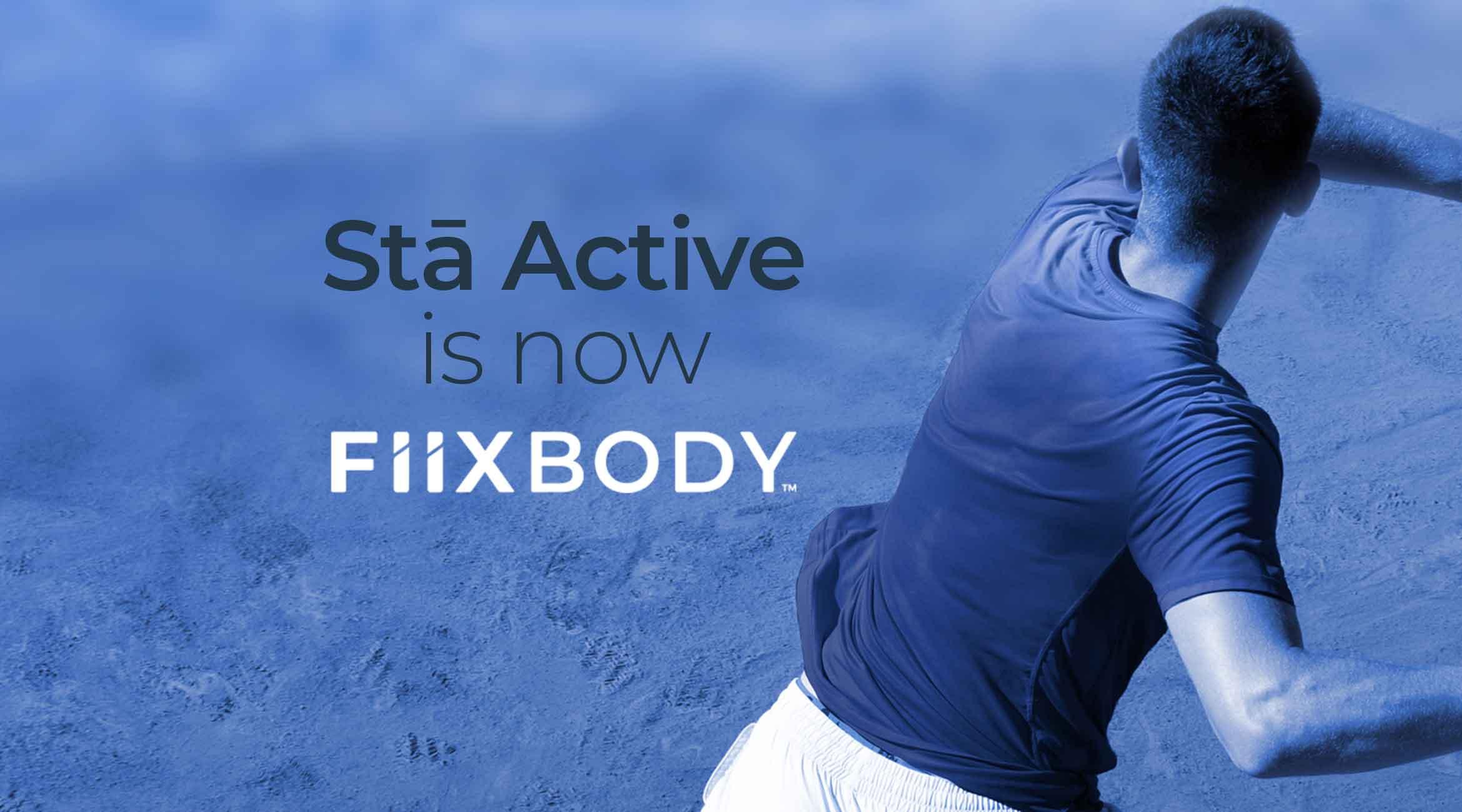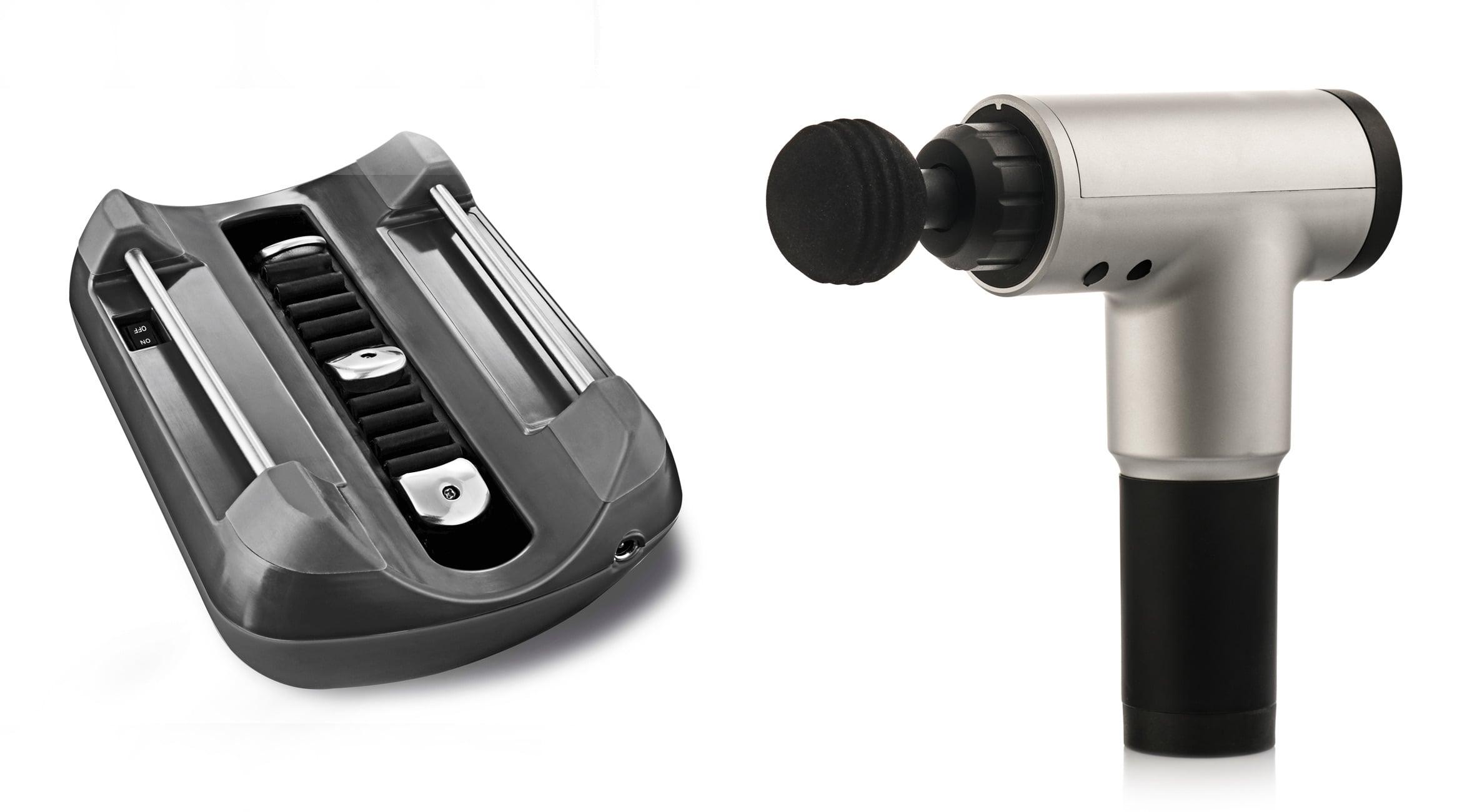Because tennis elbow causes pain at the outside of the elbow, it is called lateral epicondylitis; golfer’s elbow impacts the inside of the elbow and is known as medial epicondylitis.
Both injuries are due to damage to the forearm tendon and muscles in the form of tiny tears, which causes soreness, pain, stiffness and tenderness at the elbow and in the forearm. Other symptoms include a weakened grip strength, numbness or tingling and difficulty shaking hands, turning a doorknob, brushing teeth and other common activities.
Treating Tennis Elbow and Golfer’s Elbow
In both conditions, pain tends to start gradually and worsen over time; it is unlikely to disappear on its own. Initial treatment usually consists of rest, ice and NSAIDs like ibuprofen. If the pain is caused by one’s occupation, however, it can be difficult to rest the arm sufficiently.
Other treatment options have varying rates of effectiveness but are commonly administered for tennis elbow and golfer’s elbow:
- Braces and straps: These apply compression to the injured area to reduce the strain on the tendons and offer external support to the forearm.
- TENS: Small electrical impulses that are applied to the skin help block the transmission of pain signals to the brain.
- Acupuncture or dry needling: Inserting tiny needles into pain points can decrease the perception of pain.
- Ultrasound: High-frequency sound waves warm the tissue and increase circulation.
- Massage: Transverse friction massage decreases muscle tension, can break down adhesions and boosts circulation.
- Injections: Injecting steroids like cortisone or platelet-rich-plasma can provide temporary pain relief, but don’t heal the damaged tissue.
- Physical therapy: Performing specific forearm stretches and strengthening exercises help strengthen muscles to reduce the burden on the forearm tendon. Therapists also can perform instrument-assisted soft tissue mobilization (IASTM), which applies a controlled microtrauma to break down scar tissue and promote cellular regeneration to heal the tissues.
- Surgery: This is rarely needed (about 5-10% of cases), and typically only necessary for chronic cases that have not responded to other therapies.
Plus, a new treatment option for tennis elbow and golfer’s elbow is the Fiix Elbow from Stā Active. It automates the clinically proven IASTM so you can conveniently treat yourself at home, without having to attend multiple physical therapy appointments and deal with deductibles and co-pays.
Tennis or golf elbow sufferers simply use the device for 10 minutes per day, three days per week, for eight weeks, in addition to performing stretching and strengthening exercises. Plus, if pain is below specified threshold levels, they can keep playing through treatment!








